We finally had the funds, and the time, to upgrade the water system at our home. For anyone who hasn’t had the privilege (when all is working as it should), or misfortune (when there are problems) of getting your water from a well, this is a very big deal. Having the correct equipment is essential to a dependable, clean water supply. When we moved into the home everything worked fine, but within the first year or two we realized we would need to upgrade at some point.
In the city, we just turned on the water, and splash, water flowed out. On a well system there are a few different components, all of which rely on one another to be balanced.
There is the well, which is the deep hole in the ground leading to water. Then you have a pump and piping that draws up the water from said hole in the ground. Finally you have the pressure tank, which does exactly that; holds the water under pressure for use in our house, barn and yard. There are a variety of switches, valves, gauges, fittings, control boxes and wiring that are necessary to make the system work correctly, but I won’t bore you with all the details. I would love to go on and on about pressure settings, draw-down, pressure switches, gpm, microns, capacity, etc, but I don’t know if it would be very interesting to you. If someone really wants a detailed overview of the system, I have learned a lot about it and will go into detail, just let me know in the comments section 🙂 .
December 2017 we had to replace our well pump, which failed as it was almost 20 years old. At that time we upgraded from a 1/2 hp (horsepower) pump to a 1 hp pump. We then were told we should really consider getting a larger pressure tank, the existing pressure tank didn’t really hold much water, only about 10 gallons. Under heavy water use the tank would drain quickly and the pump would need to turn on too frequently to replenish the tank. This is called short cycling, when the pump must start too frequently without adequate time between cycles. The plan was hatched and the project put on the project board.
Fast forward 6 months and the brand new pump stopped working. The guys came out, pulled the pump and replaced it under warrantly, but it became clear to us we needed to fast-track the water project. We put it on the short to-do list, and in September we bought a new pressure tank, a 3-stage filtration system, and finalized the supply list. A few weeks of final planning, and a few delays later, we were able to get starting ripping out all of the old junk the 2nd weekend in October .

Here is tearing out the old plumbing. There were pipes going everywhere, splices, elbows, this was a water system that evolved over 3 decades, and clearly had been added onto every few years with another splice. What a mess. We would need to remove everything existing and start from scratch.

There is the cute little 33 gallon pressure tank. Pressure tanks come in sizes, but the size doesn’t equal how much water they hold. This old tank was 33 gallons, but held about 12 gallons of water. The other 21 gallons of capacity is for air pressure to force the water out under pressure.

What a mess. In addition to piping going every which way, we had old insulation that clearly had evidence of some mice living in it in the past. We ripped out all of the old junk.
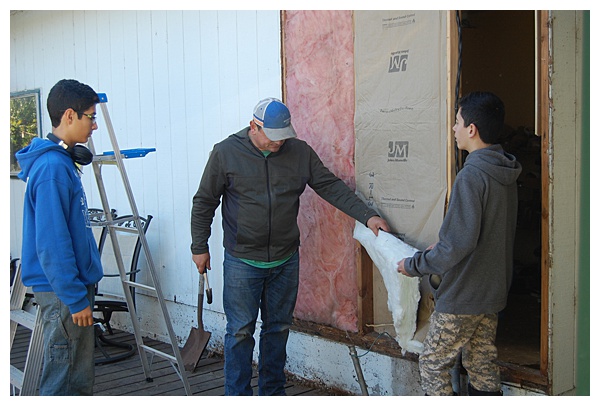
new insulation 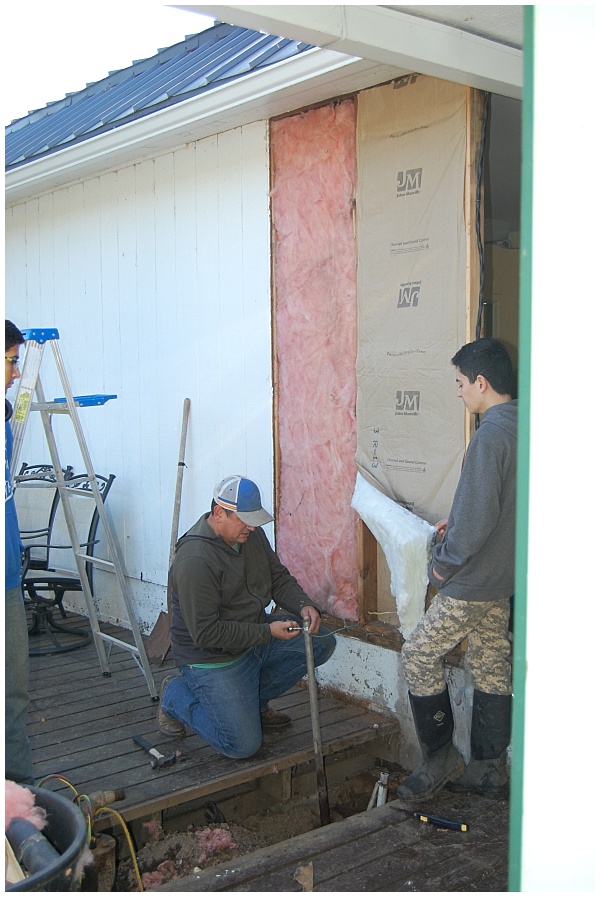
the boys were tons of help 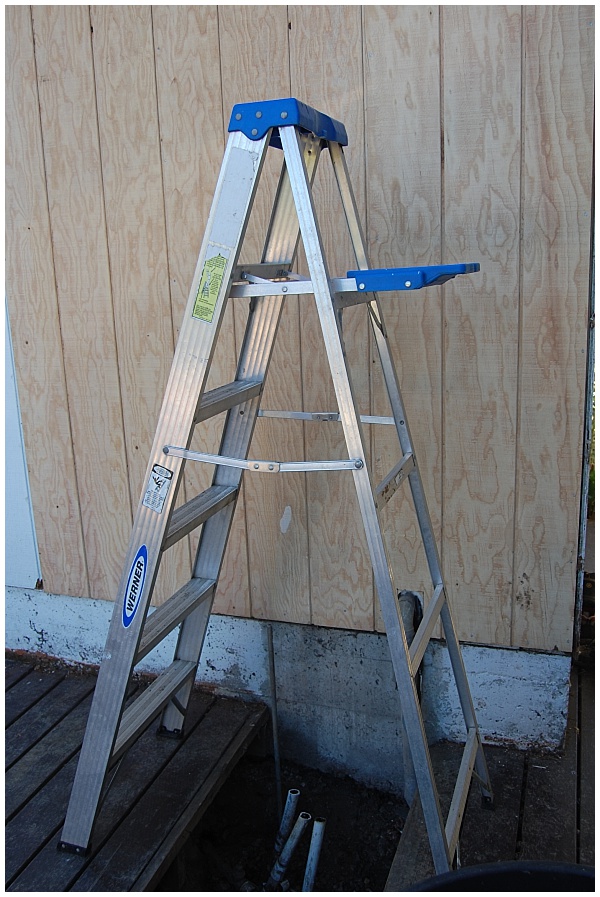
new siding
Here we have put in new insulation and siding before we get started on the new plumbing. Out with the old, in with the new.
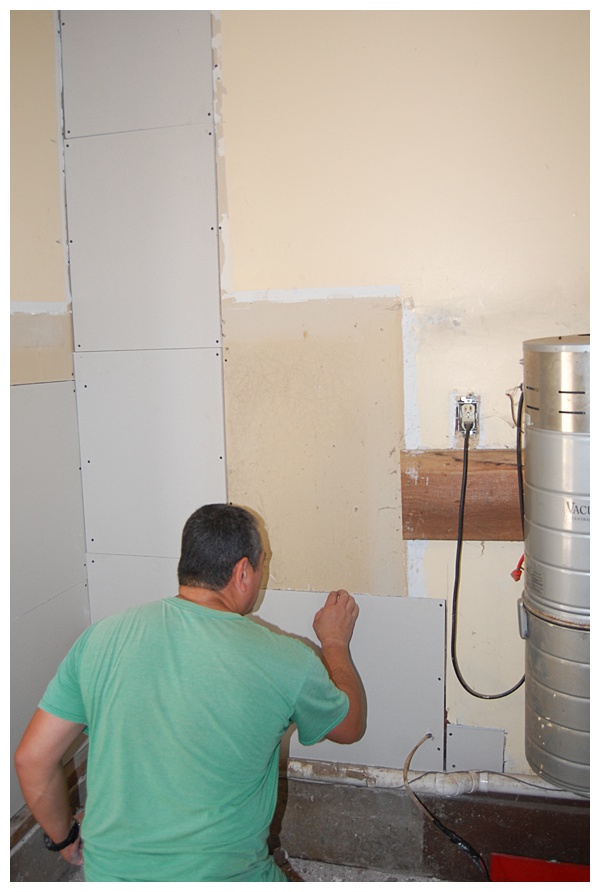
Patching up the walls 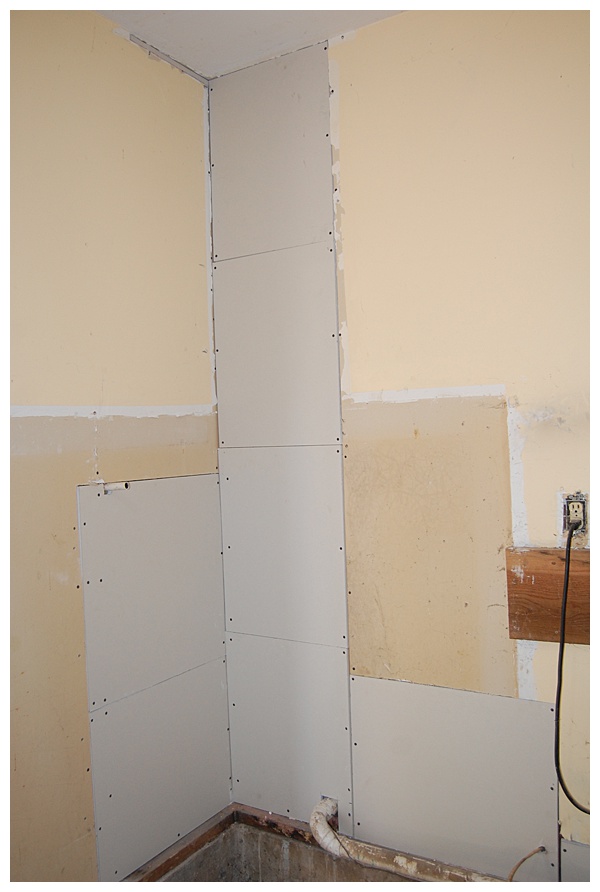
mostly done with patches 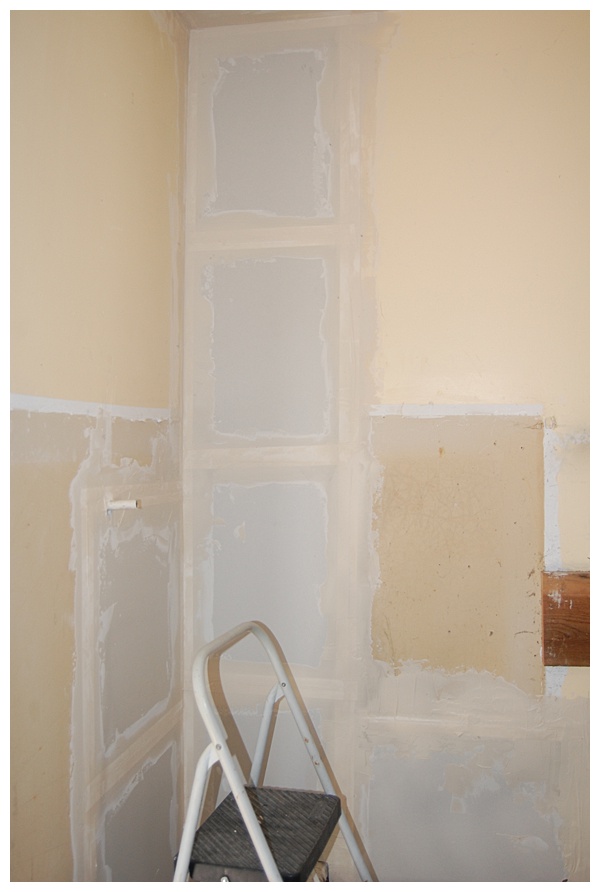
seams taped off
And on the inside we patched up all the old drywall with patches and taped off the seams. I didn’t want to take the time to paint it, that would have required painting the whole room, and I honestly wanted to just do a water project, not an entire garage rehab. We will eventually paint it though.
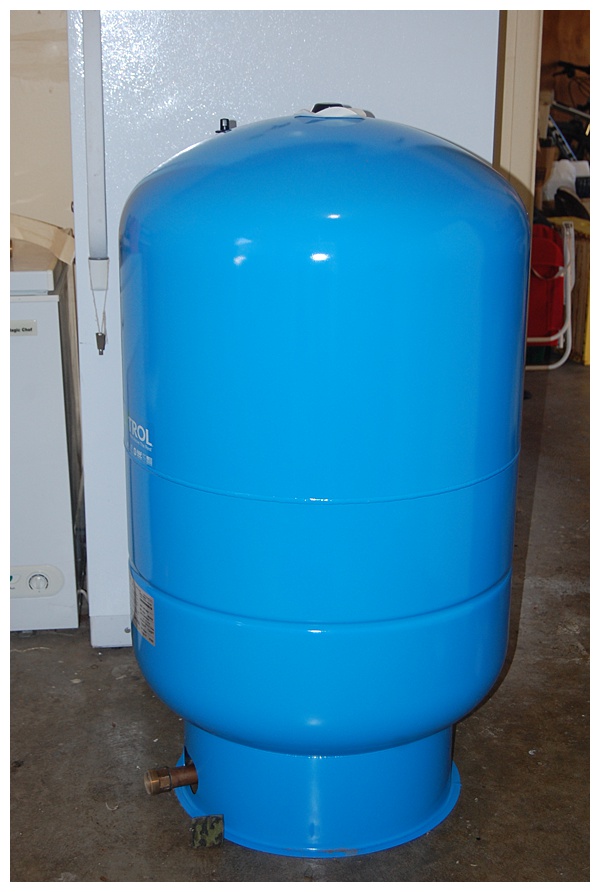
86 gallon pressure tank 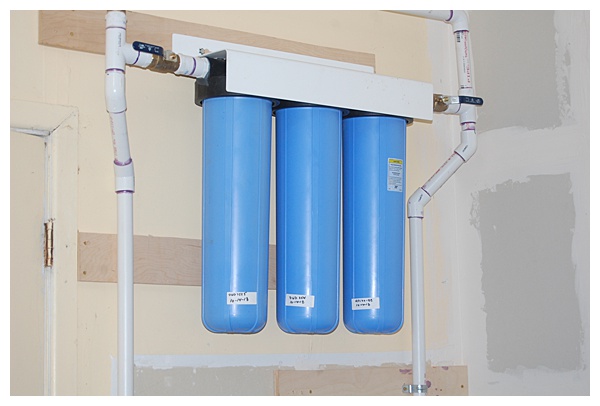
New 3-stage filter
Here are the new parts, the 86 gallon pressure tank and the 3-stage water filters. We had also experienced some sediment in our water, especially after the power would go out, or whenever we had to shut off the pump. When it would start back up and bring back up water to an empty system it would bring in fine particles that would settle in the toilet tank and faucet screens. Not anymore! Our new filters progressively remove sediment down to 1 micron, and there is a carbon filter to remove any unwanted tastes or odors. The carbon filter was probably unncessary as our water has always tasted great, but I figured what the heck, why not?

And here it is, all completed. Now we have filtered water to the house and barn. I bypassed the filters for a water line that goes to one section of the yard; no need to filter lawn water. I have various valves to shutoff and bypass all sections of the system in case there is ever a leak. This way I can shut off only the effected section and keep the remaining system up and running.
Well, I guess that’s it, another project down. We now have super clean toilets and sinks, and my well pump gets a lot of rest in between cycles.
From the farm,
Michael
Wow Michael that looks awesome! I’m always impressed with the beautifully completed projects by you and your family. Do you think the pressure tank should have earthquake straps like we have to put on water heater tanks?
Hey Natasha, thank you. Regarding the straps, the pressure tank has a very low center of gravity. Even when at its fullest, the total volume is less than half water, the remaining is air.
Wow, that is impressive! Congratulations!!
We have just been tossing around the idea of putting in a well here. We have not looked into what it involves yet or what the cost will be.
Still in the dream stage.
Hi Joanne, if there is anything I can do to help, just let me know. It is costly, fortunately for us the most expensive part, the well, was already done. Hope you are doing well, hope to see you soon!
Michael